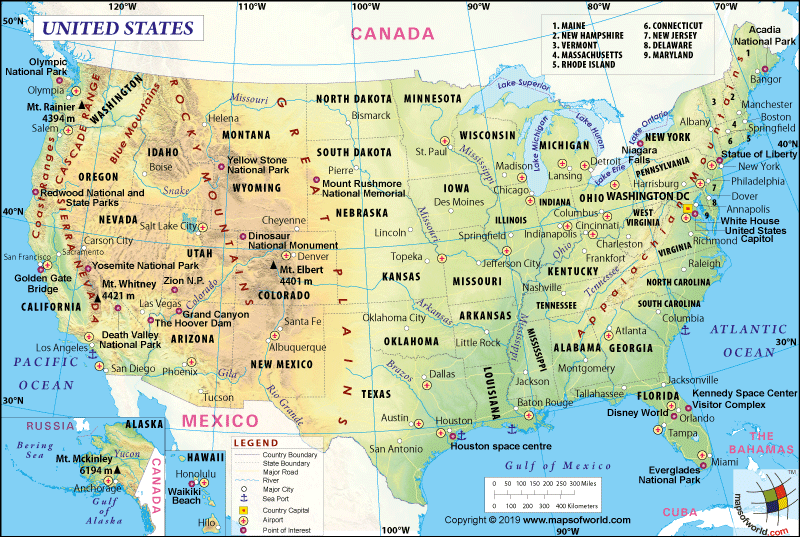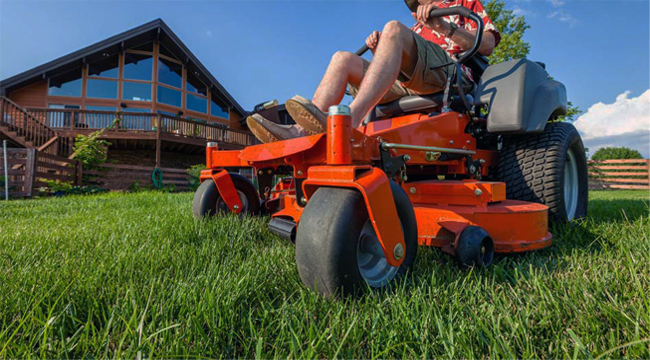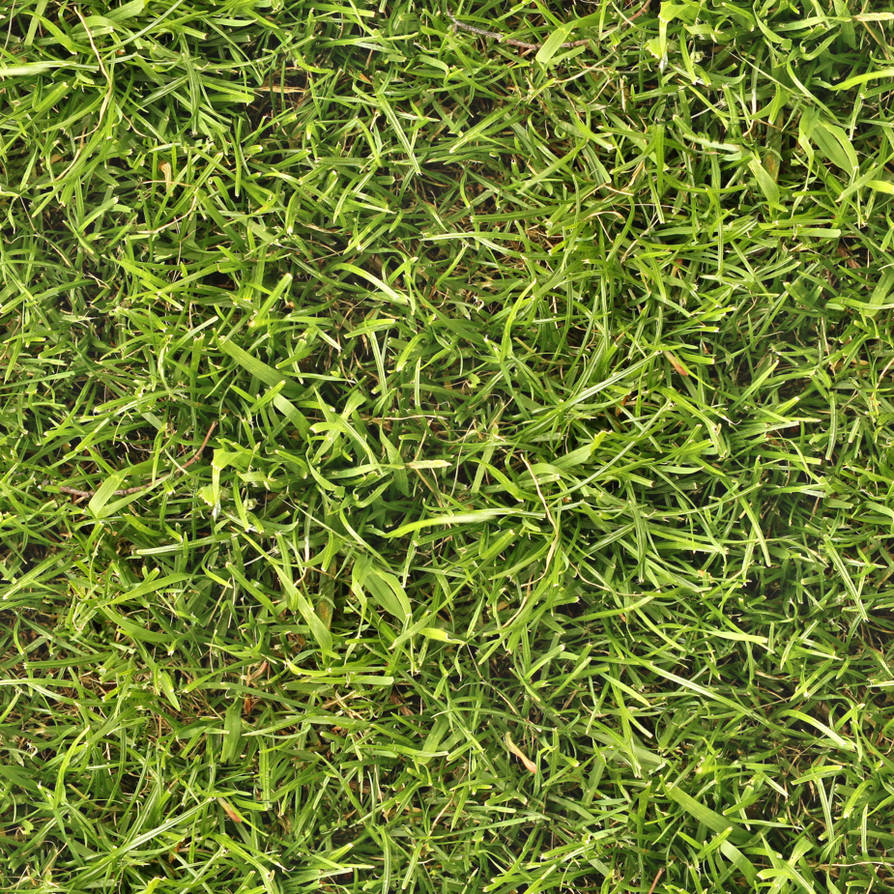When it comes to maintaining a lush, green lawn, understanding the factors that influence grass growth is essential. One of the most critical elements is temperature. But at what temperature does grass stop growing? This question is especially relevant for homeowners and lawn care professionals who want to ensure their lawns remain healthy throughout the year.
In this article, we’ll explore the temperatures at which different types of grass stop growing, the impact of soil and air temperatures, and how to prepare your lawn for seasonal changes. Whether you’re dealing with cool-season or warm-season grasses, knowing when to expect dormancy can help you plan your lawn care routine effectively.
Understanding Grass Growth and Dormancy

Grass, like all plants, has specific temperature ranges in which it thrives. When temperatures fall outside these ranges, growth slows down or stops entirely. This period of reduced activity is known as dormancy, and it’s a natural survival mechanism that allows grass to conserve energy during harsh weather conditions.
Cool-season grasses are adapted to cooler climates and typically grow best when temperatures range between 50-75°F. These grasses include Kentucky bluegrass, tall fescue, and fine fescue. In contrast, warm-season grasses, such as Bermuda grass, zoysiagrass, and centipedegrass, thrive in hotter climates and grow most actively when temperatures are above 80°F.
When Cool-Season Grasses Stop Growing
Cool-season grasses generally stop growing when temperatures drop below 50°F. However, the exact point at which growth ceases can vary depending on the species:
- Fine Fescue: Stops growing when temperatures exceed 90°F or drop below 50°F.
- Tall Fescue: Stops growing once temperatures reach 90°F or drop below 50°F.
- Kentucky Bluegrass: Ceases root growth when temperatures exceed 80°F or drop below 50°F. It also goes dormant during drought.
- Perennial Ryegrass: Grows best between 40°F and 86°F.
These grasses are commonly found in the northern United States, where they can stay green through the winter if the climate is mild enough.
When Warm-Season Grasses Stop Growing

Warm-season grasses are more heat-tolerant but less cold-resistant. They typically stop growing when temperatures consistently drop below 50-55°F. Here’s a breakdown of some common warm-season grasses:
- St. Augustinegrass: Stops growing when soil temperatures drop below 55°F.
- Bahiagrass: Slows growth when temperatures consistently drop beneath 50°F.
- Bermudagrass: Stops growing when temperatures are consistently below 50°F.
- Centipedegrass: Stops growing when temperatures reach 55°F or lower.
- Zoysiagrass: Stops growing when temperatures fall below 55°F.
- Buffalograss: Goes dormant when temperatures reach 50°F or below.
- Carpetgrass: Stops growing when temperatures drop below 50°F.
These grasses are often found in the southern and coastal regions of the U.S., where they thrive during the hot summer months.
How Temperature Affects Grass Growth
Temperature plays a crucial role in determining the health and growth of your lawn. Both air temperature and soil temperature influence grass growth, but they are not always the same.
- Air Temperature: This is the temperature you see on your weather app. It’s useful for estimating when your lawn may go dormant.
- Soil Temperature: This is usually about 10 degrees cooler than the average daily air temperature. Soil temperature is the key factor in determining when grass will stop growing.
As temperatures drop in the fall, grass begins to slow its growth and eventually enters dormancy. During this time, the grass conserves energy and remains alive, even if it appears brown or dry. When temperatures rise again in the spring, the grass will start growing once more.
How Grass Growth Varies by Location

The type of grass you can grow depends largely on your location. The U.S. is divided into different zones based on climate, and each zone supports specific types of grass.
- Northern U.S.: Cool-season grasses dominate here due to cooler summers and milder winters.
- Southern U.S.: Warm-season grasses are more common because of the hot summers and mild winters.
- Transition Zone: This area, which runs through the middle of the country, is suitable for both cool-season and warm-season grasses. However, each type may struggle in extreme weather conditions.
Understanding your local climate and choosing the right grass type for your region is essential for long-term lawn health.
Preparing Your Lawn for Winter Dormancy

Once you know when your grass stops growing, you can plan your last mow of the season accordingly. Generally, when temperatures consistently drop to 50-55°F, it’s time to prepare your lawn for winter.
Here are some tips for preparing your lawn for dormancy:
- Mow at the Right Height: Mow your lawn at its usual height to prevent diseases like snow mold. Alternatively, mow slightly lower to strengthen the root system.
- Sharpen Your Mower Blades: Dull blades can damage your grass, making it more susceptible to disease. Always use sharp blades for a clean cut.
- Avoid Fertilizing in Winter: Fertilizing during dormancy won’t speed up growth and could harm your grass. Instead, focus on proper watering and maintenance.
Frequently Asked Questions About Grass Growth
Q: When does grass grow in spring?
A: Warm-season grasses typically begin growing when soil temperatures rise above 70°F, while cool-season grasses flourish when air temperatures reach 55-65°F.
Q: Can you make grass grow faster?
A: Yes, fertilizing at the right time can promote faster growth. Cool-season grasses should be fertilized in early spring and fall, while warm-season grasses benefit from fertilization in early spring and summer.
Q: When does grass grow the most?
A: Warm-season grasses grow most actively in late spring and early summer (75-90°F), while cool-season grasses grow fastest in spring and fall (60-75°F).
Q: When should you call a lawn care professional?
A: Lawn care professionals can help with tasks like overseeding, fertilizing, and preparing your lawn for winter. Services like LawnStarter connect homeowners with local experts to ensure a healthy lawn year-round.
Conclusion
Understanding the temperature thresholds at which grass stops growing is essential for effective lawn care. Whether you have cool-season or warm-season grass, knowing when to adjust your mowing, watering, and fertilizing routines can help maintain a healthy, vibrant lawn.
By paying attention to soil and air temperatures, selecting the right grass type for your region, and preparing your lawn for seasonal changes, you can ensure that your grass remains strong and resilient throughout the year.
Stay updated with the latest lawn care trends and expert advice to keep your yard looking its best.
Author: John Smith
Title/Role: Lawn Care Expert
Credentials: John has over 15 years of experience in lawn care and has helped thousands of homeowners achieve lush, green lawns. He is a certified turfgrass specialist and regularly contributes to industry publications.
Profile Link: LawnSynergy.com
Sources:
– USDA Plant Hardiness Zone Map
– National Turfgrass Foundation
– University of Minnesota Extension – Lawn Care
Internal Links:
– How to Choose the Right Grass Seed
– Lawn Fertilization Tips
– Fall Lawn Care Guide
Schema Markup:
{
"@context": "https://schema.org",
"@type": "Article",
"headline": "At What Temperature Does Grass Stop Growing? The Ultimate Guide",
"description": "Discover the temperatures at which grass stops growing and learn how to care for your lawn through the seasons.",
"author": {
"@type": "Person",
"name": "John Smith"
},
"publisher": {
"@type": "Organization",
"name": "Lawn Synergy",
"logo": {
"@type": "ImageObject",
"url": "https://www.lawnsynergy.com/logo.png"
}
},
"datePublished": "2025-04-05"
}
Featured Snippet Optimization:
Grass typically stops growing when temperatures fall to 50-55°F. Cool-season grasses stop growing when temperatures drop below 50°F, while warm-season grasses stop when temperatures consistently fall below 50-55°F.
CTA:
Stay updated with the latest lawn care tips and expert advice. Explore today’s headlines and keep your lawn healthy all year round.










More Stories
67 Emote Clash Royale Emote: Complete List and Guide
What Is the 504 Gateway Timeout Error and How to Fix It?
US Trending News: 67 Emote Clash Royale QR Code: How to Use and Where to Find It